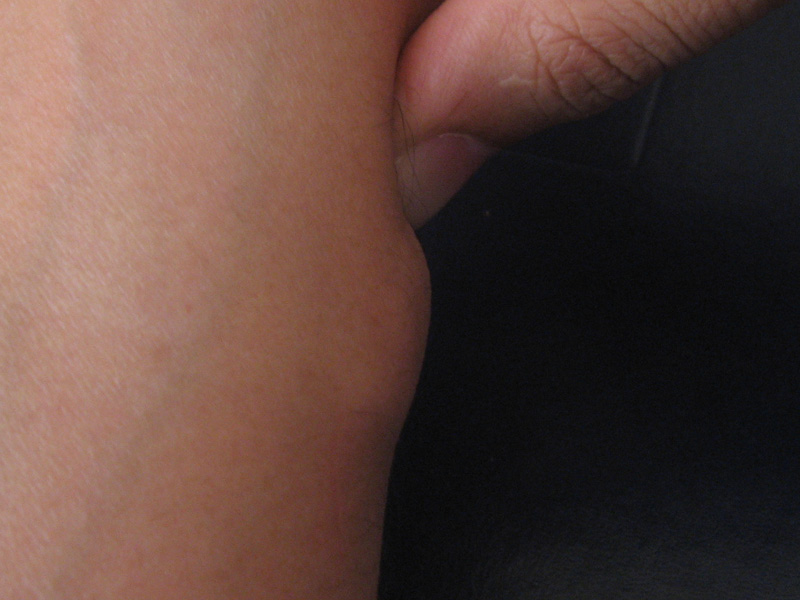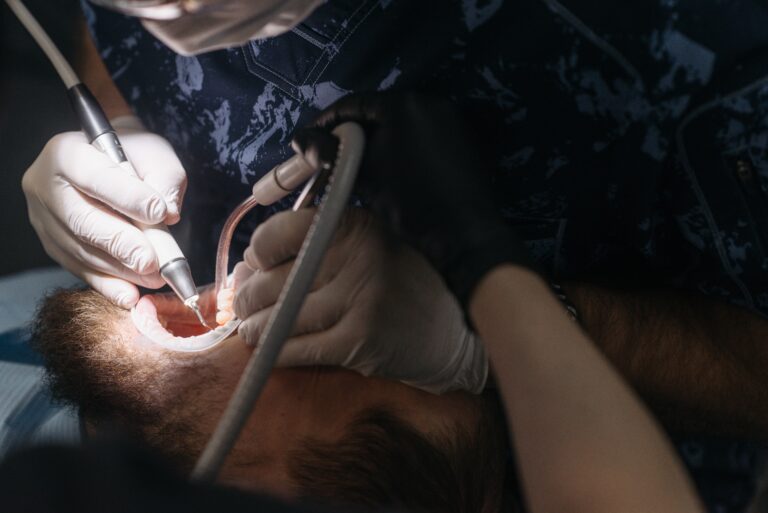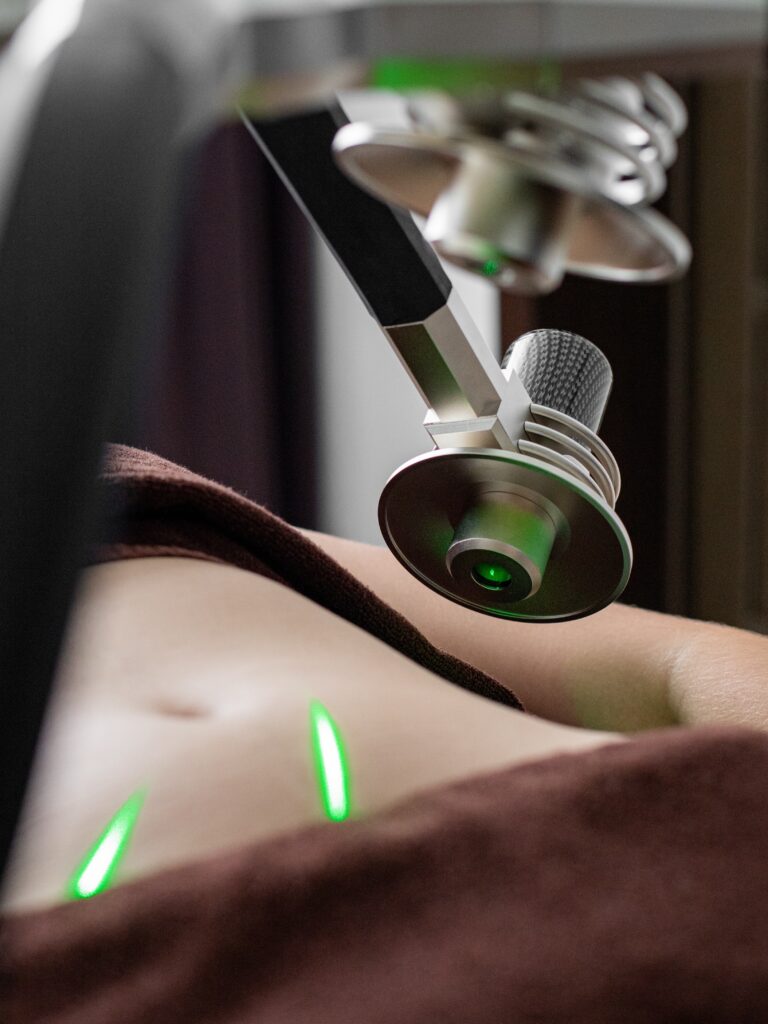How to get lipoma removal covered by insurance?
Lipoma is a harmless lump of fatty tissue that grows beneath the skin and can be removed after minor surgery. If you are wondering how to get lipoma removal covered by insurance, we got your back. In this article, we will be addressing the same.
How To Get Lipoma Removal Covered By Insurance?

Insurance companies might pay for the costs of lipoma removal. They typically do not pay for cosmetic operations, as in some cases, a lipoma is considered cosmetic. Before choosing a course of therapy, see your doctor to determine whether removing your lipoma is medically necessary. They can assist you in determining your options and whether Insurance will pay for the costs of lipoma removal.
Lipoma removal procedures can cost up to $2000-7000 on average. Thus, it is essential to look for policies that cover lipoma removal. Check out the criteria required by insurances companies to cover lipoma in the table below:
| S.No. | Lipoma Condition | Does Insurance Cover This? |
|---|---|---|
| 1. | Lipoma size exceeds 5 cm | Yes |
| 2. | Presence of blood cells leading to angiolipoma. | Yes |
| 3. | It rapidly grows over weeks. | Yes |
| 4. | Lipoma feels hard and immobile. | Yes |
| 5. | Lipoma considered cosmetic. | No |
| 6. | Experimental lipoma treatments. | No |
What Happens If I Choose Medicare?
If your request for lipoma removal is approved by Medicare, Medicare Part B will probably fund it as an outpatient surgery. A maximum of 20% of the Medicare-approved amount may be your responsibility. A Medicare Supplement Plan G is the greatest way to reduce out-of-pocket expenses.
Also, if you are eligible, lipoma removal can be covered by Medicare Part B. Medicare is a national health insurance program for people 65 and older, people with disabilities, and people with end-stage Renal disease.
Lipoma: Symptoms
Lipoma is a fatty tissue lump that usually lies between the skin and an underlying muscle. Lipomas are generally harmless but should be examined by a doctor to avoid complications. There aren’t any significant lipoma symptoms, but you will notice that these fatty tissue lumps feel doughy and rubbery upon touching. Although lipomas can form anywhere on the body, they are most likely to form on the arms, neck, torso, and shoulders. According to a scientific report, women are most likely to develop lipomas.
Lipoma: Diagnosis
Certain tests like X-rays, ultrasounds, and tomography scans would be performed, along with examining the patient’s medical history to diagnose lipoma. In some rare cases, biopsies can be required to further check the possibility of liposarcoma. Liposarcoma is rare cancer that proliferates and is quite painful to touch.
Lipoma: Treatment
Since lipoma isn’t painful and doesn’t cause further issues, surgical procedures are not required. However, if it gets painful, it becomes necessary to treat it. Lipomas are generally removed by minor surgery, which removes them from the body by giving anesthesia. This surgical procedure can cause scarring and bruising. Another way to get rid of lipoma is through liposuction. Liposuction involves using a needle and a large syringe to remove the fatty tissue lump.
Frequently Asked Questions (FAQs)
1. Why is lipoma not covered by insurance?
There are chances of lipoma not being covered by insurance as lipoma removal is considered a cosmetic surgery, not a medical one. You are required to read the terms and conditions of the health insurance carefully.
2. Is lipoma removal considered surgery?
Lipoma removal is a cosmetic surgery that isn’t complicated and usually requires 20-45 minutes to complete. Patients are given local anesthesia to numb the pain.
3. Can lipoma grow again after surgery?
Lipomas do not grow again after surgery has been done. However, a person might develop it in other parts of the body.
4. Does lipoma removal require hospitalization?
Since lipoma removal is a minor surgery, patients can get discharged on the same day of the procedure. However, you might have to stay at the hospital for a night or so if you have a comparatively more giant lipoma to be removed.
Conclusion
We hope this article helped our readers understand how to get lipoma removal covered by insurance. Stay connected for more health insurance-related content!
Also Read: Does Medicaid cover varicose vein treatment? Myths cleared






